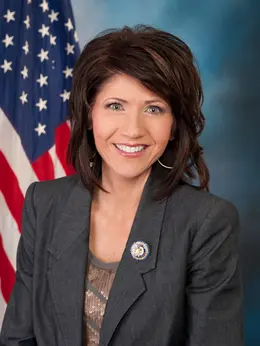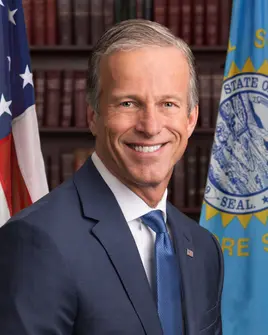South Dakota’s experiment with direct democracy is at a crossroads as the state grapples with potential changes to its revered initiative and referendum process. Pioneering in 1898 and expanding significantly in 1972, this process has empowered residents to propose laws and amend the state constitution—a right now under scrutiny.
 Kristi Noem
Kristi Noem
In the 2025 legislative session, Republican lawmakers are seeking to further restrict direct democracy, arguing for reforms including House Joint Resolution 5003. This proposal calls for a 60% voting threshold for constitutional amendments, aligning with states like Florida and Illinois. This shift would mark a significant change from South Dakota’s simple majority rule, a system that has facilitated reforms such as increased minimum wage and Medicaid expansion.
Michael Card, emeritus professor of political science at the University of South Dakota, describes this power of direct democracy as “the gun behind the door,” which allows a certain percentage of residents to propose amendments or laws, highlighting its potential as a check on the legislative body’s power.
The ongoing debate is emblematic of the broader political dynamics in South Dakota, a state known for its conservative leanings yet paradoxically progressive ballot measures. This friction is evident in recent legislative efforts that have passed the highest number of laws nationally (11 from 2018 to 2024) aimed at complicating the initiative process, from petition revocations to signature surpluses.
Rick Weiland, co-founder of Dakotans for Health, argues, “They’re orchestrating the death of direct democracy by a thousand cuts,” emphasizing the grassroots movement’s resistance to these legislative curtailments. He believes such changes are attempts to dampen the potency of organized citizen movements.
Amendment E in 1972 was a critical juncture for South Dakota, approving the inclusion of constitutional amendments in the petition process with overwhelming support. This right paved the way for successful ballot initiatives addressing minimum wage and reduction of predatory lending practices through measures like Initiated Measure 21 in 2016, championed by Steve Hildebrand.
However, the state’s system is not without its critics. Some cite the negative impact of Marsy’s Law, a 2016 amendment that required revisions due to operational complications that arose post-implementation. Funded significantly by out-of-state money, this experience has fueled arguments against external influences on state governance.

John Thune
Backers like Nathan Sanderson, executive director of the South Dakota Retailers Association, suggest that constitutional amendments should reflect broad values rather than specific policy preferences, thus warranting a higher voting threshold. Meanwhile, opponents argue that such restrictions stifle innovative policy solutions that might not emerge through traditional legislative avenues.
The Supreme Court’s role has been pivotal in maintaining balance, for instance, overturning impediments to direct democracy seen as infringing on First Amendment rights. Nevertheless, the allure of South Dakota as a testing ground for new policy initiatives persists, buoyed by simple vote requirements and low media costs.
In this politically charged environment, initiatives like the defeated Amendment G on abortion rights reveal the complex interplay between local issues and national advocacy. As partisan lines are drawn, the question remains: Can direct democracy thrive in a landscape increasingly shaped by legislative and financial influences?
South Dakotans face the challenge of either embracing these proposed changes or preserving a legacy of voter-driven reform, a critical decision with ramifications extending beyond state borders. As Michael Card noted, even those skeptical of certain initiatives aren’t keen on relinquishing such a foundational right.
For those keen on influencing the future trajectory of direct democracy in South Dakota, this is an opportune moment to remain informed and engaged. Share your thoughts and opinions as the state navigates these pivotal changes.